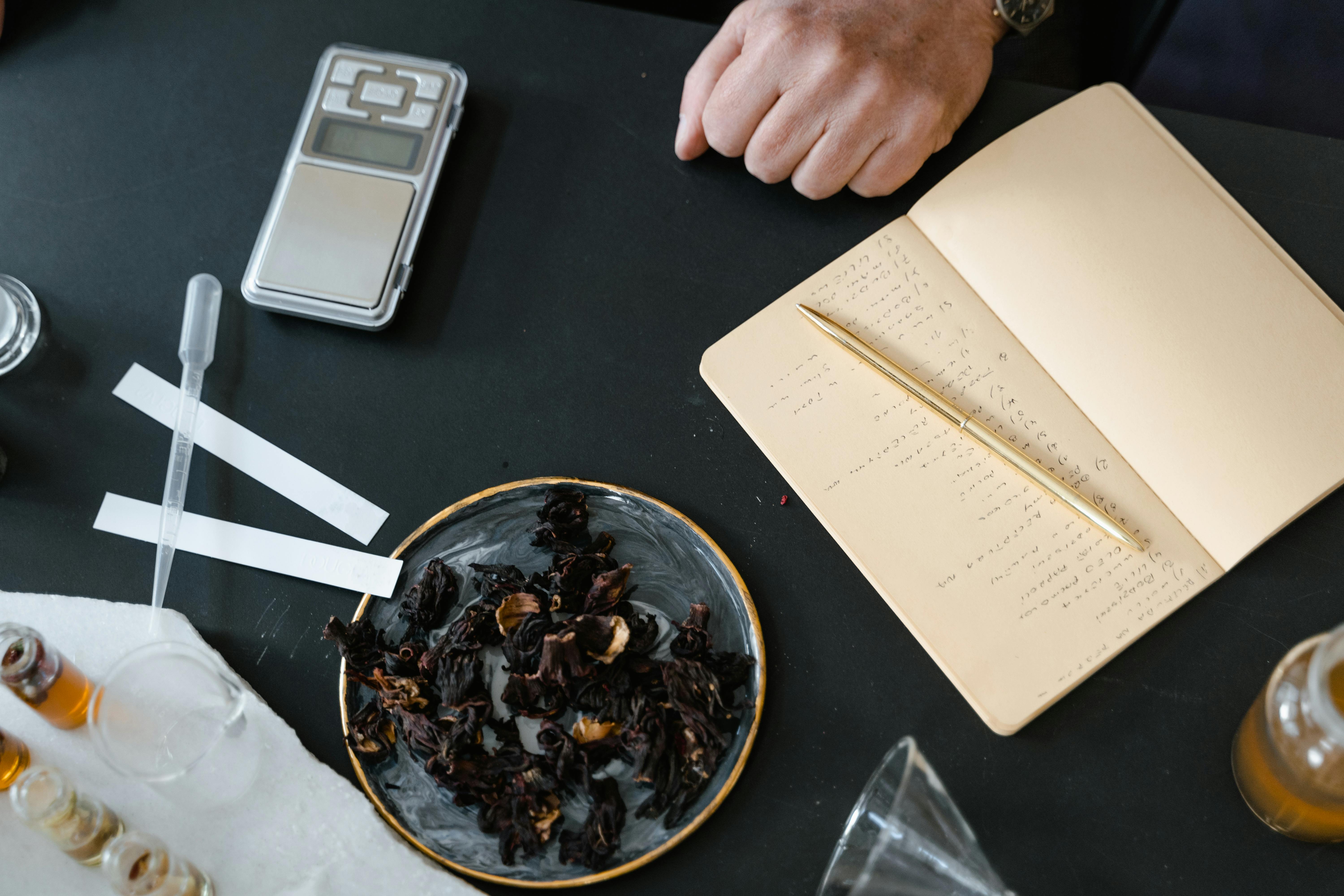If you’re selling on Depop, you know aesthetics matter. So does visibility. By 2025, the platform has evolved into a bustling hub for vintage lovers, fashion enthusiasts, and DIY artists. But with over 30 million active sellers and buyers [source](_), standing out feels like finding a needle in a used-NYDJ-jeans sale. The secret? Keywords. Not just *any* keywords, though—specific, trending, and strategic terms that boost your rankings. Let me walk you through nine battle-tested strategies that’ll not only help you rank higher but also sell faster.
1. Titles Are Your First Impression (Y2K Juicy Couture Isn’t Just Cute)
On Depop, your product title is the handshake between you and a buyer. Vague titles like “Old Hoodie” or “Vintage Jeans” get lost in the noise. Instead, cram specificity into every word. Take “Y2K Juicy Couture Lilac Hoodie” versus “Old Hoodie.” The first screams: I vibe with 2000s nostalgia. I’m genderless. I’m a status symbol. The second? Shrug emoji.
A Depop seller named Lisa once told me she redesigned her titles by integrating era-specific labels (Y2K, ’90s) and precise brand names. Her sales jumped 40% in three weeks [befunky.com]. Why? Targeted buyers search for exact keywords. If someone’s hunting for a Lilac Juicy Couture hoodie at 2 a.m., they’ll click your listing.
Pro Tip:
Combine descriptors like material (“Cropped Velvet”), condition (“New with Tags”), or style (“Cheer Mom aesthetic”) to paint a vivid picture before the photo even loads.
2. Hashtag Hijacking: Ride the Trending Wave (#whimsygoth is Gold)
Depop isn’t just a marketplace—it’s a mood board. In 2025, hashtags like #whimsygoth, #corpcore, and #oldmoney dominate the FYP (For You Page). Here’s the hack: Match your listings to these trends.
Sergio Lopez, a Depop reseller from Manchester, sells 60–70 vintage threads a month. His secret? Every upload gets 30 hashtags—10 niche, 10 broad, 10 trend-driven. When #whimsygoth spiked, he tagged necklaces with “Handmade Gothic Fairy Necklace” and #whimsygoth. The result? A [blog.vendoo.co] $200 necklace sold in 12 hours.
Don’t Do This: Using 50 hashtags just to “fill space.” Pick 15–30 relevant ones. Tools like Depop’s search bar or Instagram’s related tags feature can show which hashtags are gaining traction.
3. Niche Down: Y2K, 90s Grunge, or ‘90s Calvin Klein? Find Your Tribe
Depop users aren’t just shopping—they’re curating identities. Categories like Y2K, ‘90s grunge, or ‘90s Calvin Klein attract die-hard fans. A few years ago, I sold a Butterfly Print Baby Tee for $85—after listing it under #y2k #kandiwhipcore #raveralle. Repeat buyers still DM me asking, “When’s the next drop?”
For organic reach, slice your offerings into subcultures. Platforms like [savingsgrove.com] note that 72% of Depop sales in 2025 stem from niche categories: streetwear, handmade, or rare designer drops. If you’ve got a Disney Store sequin bag from 2002, list it as “Vintage Disney Sequin Bag (2002 #Y2K Hardcore).” Stans will fight over it.
Case Study: Seller @RtroFetish sells exclusively pre-2000s denim. Tags like “90s Denim Relics” and “‘90s Levi 501s” net them 80k monthly views.
4. Condition & Quality: The Ugly Truth Buyers Don’t Care To Hear
Half the Depop police-force exists to drag sellers over minor flaws. Avoid this by stating gaps upfront.
- “Snagged near back hem (see pic 3), else unworn in-store display.”
- “Stains are due to intentional fading—original vibe intact.”
Buyers crave honesty. When I sold a Lily Pulitzer sundress with “faint sunscreen stains,” my description got fewer refunds and more five-star reviews. [befunky.com] reports that listings with condition details reduce disputes by 17%.
Bonus Hack:
For sewn or handmade items, write, “Handmade in USA from dead-stock fabric.” Eco-conscious shoppers pounce on this.
5. Measurements > Guessing Games
Remember the buyer who fights the seller for three weeks because, “I’m 5’7, size 8, what will this look like on me?” Don’t be that listing.
- Chest: 25”
- Waist: 20”
- Total Length: 26”
- Inseam: 5” (for shorts)
A Chicago seller of vintage ripped jeans told me, “When I added measurements, my refund rate dropped from 25% to 3%.” Why? Buyers self-select. People with tiny legs won’t even click. [befunky.com] backs this up.
Pro Tip:
Measure a similar item you own. If a shirt’s chest is 25” when flat, your 25” listing is accurate.
6. Material Matters: Cotton, Cupro, or Just Weird?
Fashion nerds know their rayon wraps pill. List materials upfront. For example:
- “Linen-cotton blend—breathable for summer”
- “100% Cupro—vegan silk, zero itch.”
When I listed a donated velvet dress as “Polyester,” it sat for weeks. Relisting it as “Rayon Velvet” got 20 offers. To this day, I have no idea why Rayon is magic, but it is. Coordinate this with sources like [befunky.com], which stress that conscious consumers prioritize transparency.
DIY Insight:
If you’re upcycling fast fashion, say “Donated GAP shirt, dulled to avoid studio light glare.” Honesty = clout.
7. Shoutout Your Brands: Levi’s, Adidas, Uggs Rule
Brand names convert browsers to buyers. A “Vintage Levi’s Denim Jacket” outsells “Denim Jacket (vintage look)” every time. Why? Trust. Buyers know a Levi’s is durable. They’re willing to pay premium for legacy.
Friend of mine, Kate, sells a mix of designer and generic bags. Her #1 seller? A 2010s Coach Satchel. Keyword: “Vintage COACH Satchel (Authenticity Tag).” Buyers assumed fake until she included that one phrase. Legit or not, signaling helps.
Edge Cases:
If reselling knockoffs, bypass this. But if it’s real, mark it. Sources like [befunky.com] show brand-centrality boosts price outcomes by 30%.
8. Stand Out: Limited Editions, Hand-Painted Details, Stuff You Can’t Google
When 10 sellers list the same Zara blazer, rarity wins. My best sale was a “Hand-painted 90s Big Fit Levi’s Jacket (Punk Eagle Leg).” I spray-painted zombie faces on the back collar, and it sold for $95. Why? No one else had the guts.
Depop favors quirky, unique items. If you’ve got a “Dyed-to-order Canvas Tote” or “Pokémon TCG Patchwork Purse,” highlight those quirks front-and-center.
The [befunky.com] team found listings with phrases like “Custom-Made” or “One-of-a-Kind” got 5x more clicks.
Pro Tip:
For handmade items, say “Slight Aesthetic Differences Are Unavoidable Due To Process.” This pre-empts complaints about “imperfections.”
9. Align with Aesthetics: #darkacademia, #cottagecore, oh my!
In 2025, aesthetics drive buying decisions. Is your listing #cottagecore or #darkacademia? Charge a premium for the vibe.
A seller on Depop recently sold a knitted cameo necklace titled “#DarkAcademia Portrait Pendant | Stalin History Couriers Deluxe.” The markup? She sold it for $65 after buying similar copies on Etsy for $15. Keyphrase: #DarkAcademia.
Remember, styling matters. Rug sellers post items as “#Cottagecore Hearth Cling” with sepia-toned photos. The buyers who search for that aesthetic will pay extra to complete their “mood.” Platforms like [exportyourstore.com] back leveraging aesthetics to tap into pre-existing buyer mindsets.
Real Talk:
If your item straddles two aesthetics (like #cottagecore meets #cybergoth), pick the trend with higher demand first.
Final Thoughts: Mastering Keywords = Mastering Depop in 2025
Depop isn’t just a marketplace—it’s a channel where culture, usability, and keywords collide. Use the nine strategies above not just to “rank higher,” but to reflect the buyer’s unspoken desires. Creating descriptive titles, matching trends, niching down—these aren’t buzzwords. They’re survival tactics in a booming niche economy.
So whether you’re built around chunky boots and #corpcore or shiny Y2K halter tops, start by auditing your keywords today. The bird app (X) will joke about your obnoxiousness, but your wallet? It’ll thank you.
Happy Depopping.



